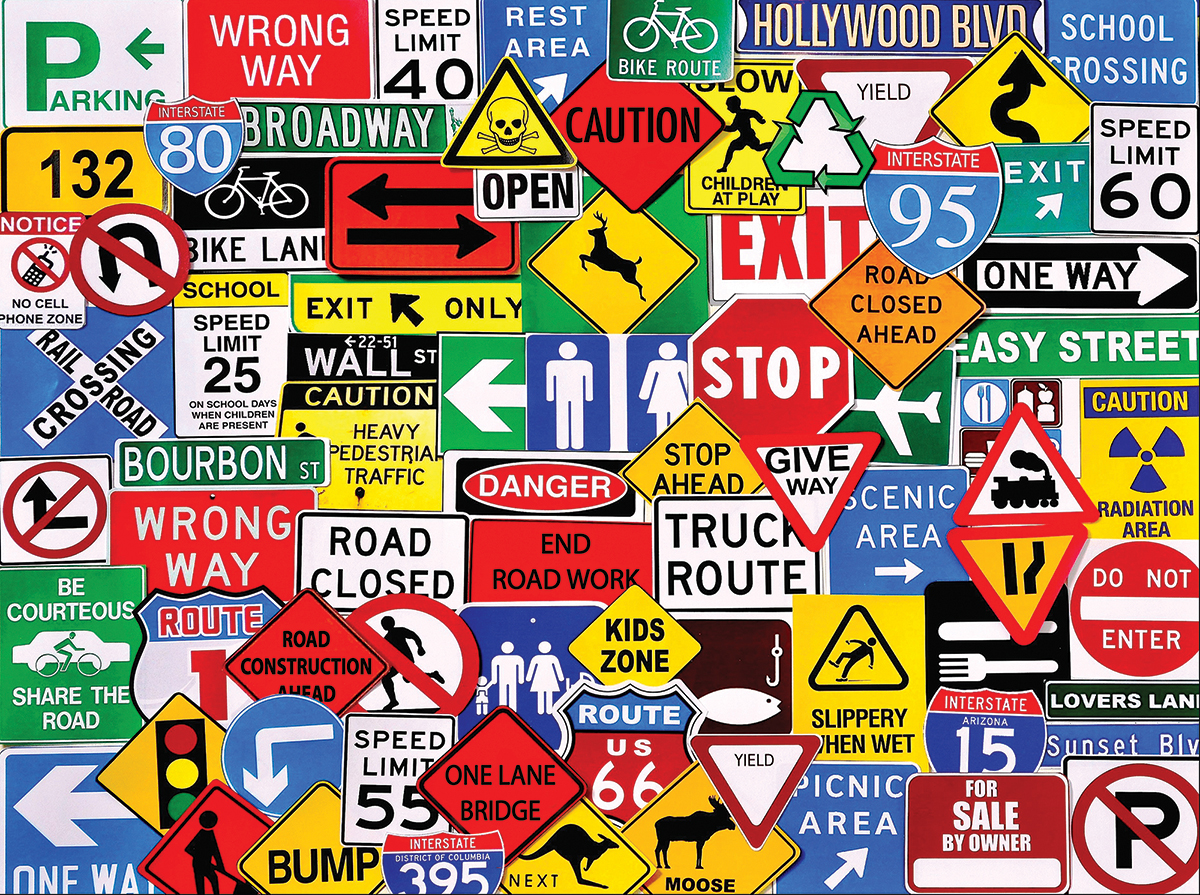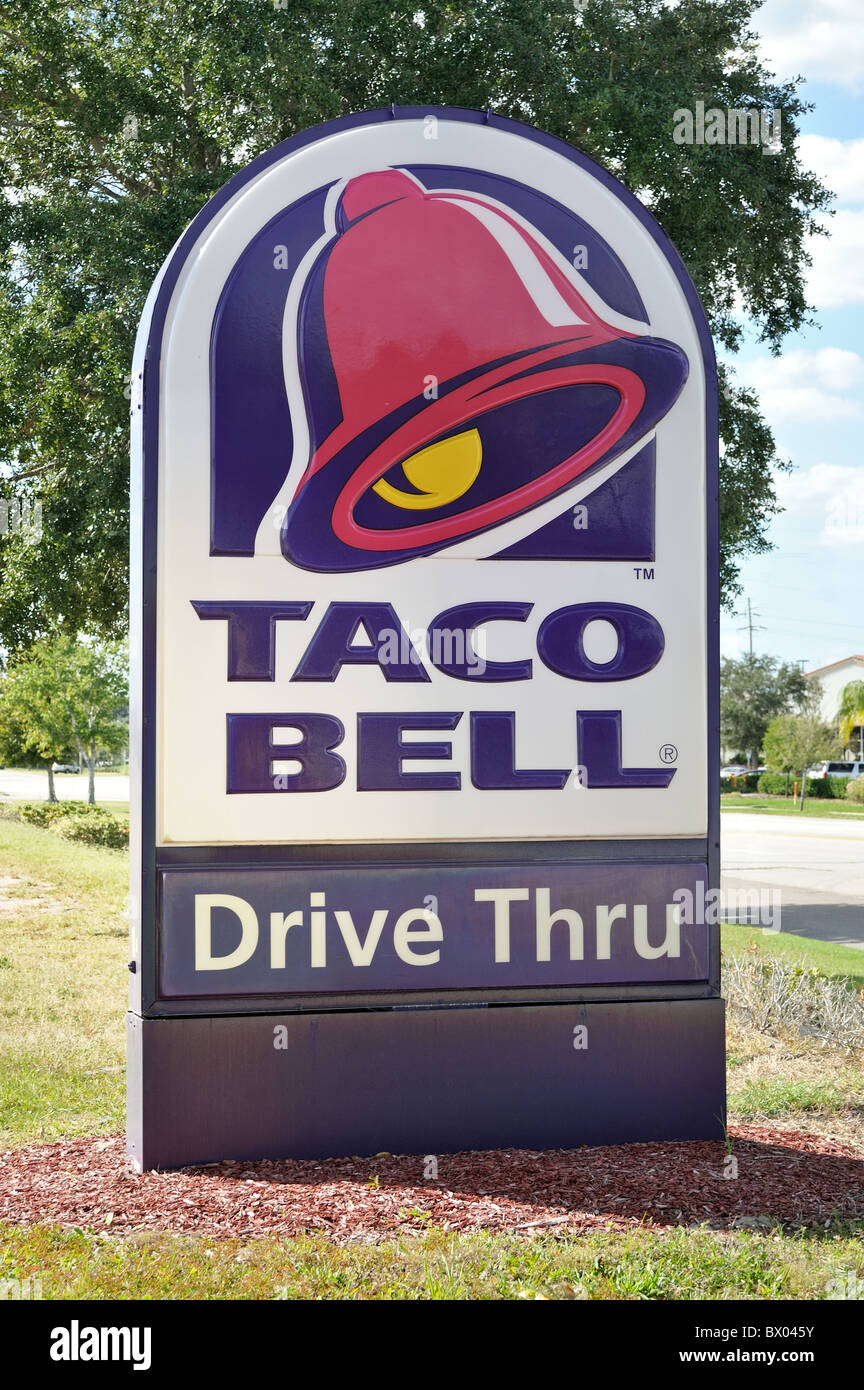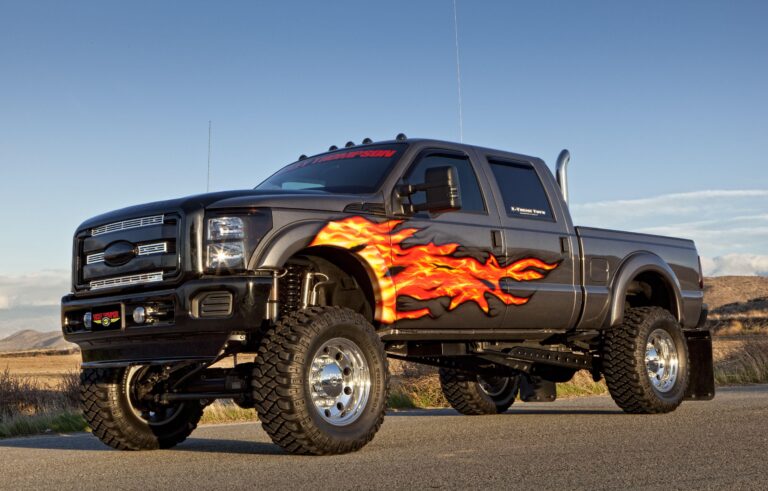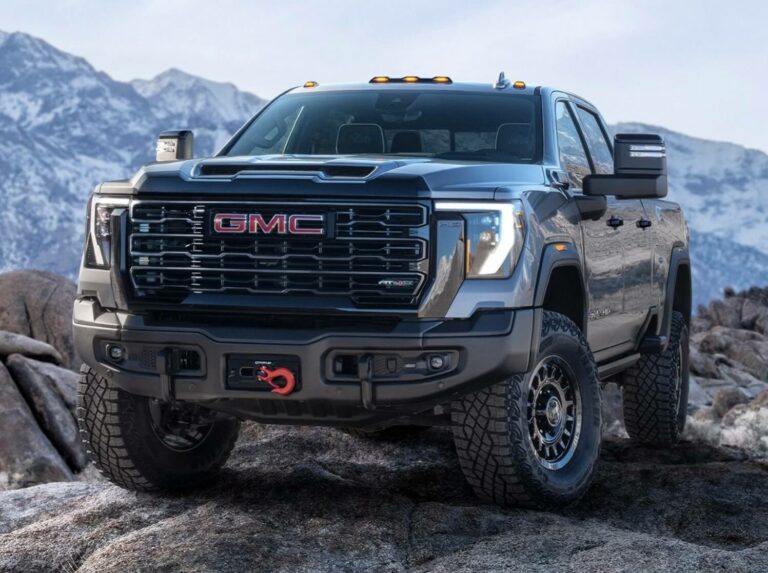Sign Bucket Trucks For Sale: Your Comprehensive Guide to Elevating Your Business
Sign Bucket Trucks For Sale: Your Comprehensive Guide to Elevating Your Business cars.truckstrend.com
In the dynamic world of signage, lighting maintenance, utility work, and various aerial tasks, efficiency, safety, and reach are paramount. Enter the sign bucket truck – a specialized vehicle designed to safely elevate workers and their tools to significant heights, making otherwise challenging jobs accessible and manageable. For businesses and individuals involved in installing large signs, maintaining streetlights, trimming trees, or even performing building facade work, a sign bucket truck isn’t just a convenience; it’s a vital asset, enhancing productivity, reducing risks, and ultimately, boosting the bottom line.
This comprehensive guide will delve into everything you need to know about sign bucket trucks for sale, from understanding their core components and benefits to navigating the purchasing process and ensuring long-term maintenance. Whether you’re a seasoned professional looking to upgrade your fleet or a budding entrepreneur considering your first major equipment investment, this article provides the insights you need to make an informed decision.
Sign Bucket Trucks For Sale: Your Comprehensive Guide to Elevating Your Business
I. What Are Sign Bucket Trucks? A Core Definition
At its heart, a sign bucket truck, often simply called a bucket truck, aerial lift truck, or boom truck, is a vehicle equipped with a hydraulic boom that extends and lifts a work platform (the "bucket") into the air. While the term "sign bucket truck" specifically highlights their widespread use in the signage industry, these versatile machines are crucial across numerous sectors.
A typical sign bucket truck comprises several key components:
- Chassis: The foundation of the truck, usually a commercial-grade pickup truck or a larger medium-duty truck, providing mobility and stability.
- Boom: The extendable arm, powered by hydraulics, that lifts the bucket. Booms can be telescopic (straight extension), articulating (jointed for reaching over obstacles), or a combination of both.
- Bucket/Platform: The insulated or non-insulated platform where workers stand, equipped with controls for boom operation.
- Outriggers/Stabilizers: Legs that extend from the truck’s chassis to provide a stable base, preventing the truck from tipping over when the boom is extended.
- Utility Body: The rear section of the truck, featuring various compartments for storing tools, equipment, and materials, often with integrated power outlets.

Unlike pure utility trucks (which might have digger derricks or simpler cranes) or general service trucks, sign bucket trucks are purpose-built for safely elevating personnel to work at height, offering precise positioning and a stable work environment crucial for detailed tasks like sign installation or delicate electrical work.

II. Why Invest in a Sign Bucket Truck? Key Benefits
The decision to purchase a sign bucket truck is an investment in your business’s future, offering a multitude of benefits that extend far beyond simply reaching high places:
- Enhanced Safety: This is perhaps the most critical benefit. Bucket trucks provide a secure, stable platform, significantly reducing the risk of falls compared to ladders or scaffolding. Many models come with safety interlocks, emergency stop buttons, and insulated buckets for electrical protection.
- Increased Efficiency & Productivity: Jobs that would take hours with traditional methods (like erecting scaffolding) can be completed in a fraction of the time. Workers have direct access to the work area with their tools, minimizing setup and downtime.
- Unparalleled Versatility: While "sign" is in the name, these trucks are workhorses. They are invaluable for streetlight repair, banner installation, facade cleaning, window washing, tree trimming, telecommunications line work, and even holiday light setup.
- Professionalism & Reputation: Arriving at a job site with a well-maintained bucket truck projects a professional image, demonstrating your capability and commitment to safety and efficiency, which can attract more clients.
- Access to Difficult Locations: Many signs, lights, or building features are in challenging locations, over obstacles, or at extreme heights. A bucket truck provides the reach and maneuverability to access these areas safely and effectively.
- Reduced Labor Costs: For certain tasks, a bucket truck can reduce the number of personnel required, optimizing your crew size and lowering operational expenses.

III. Key Considerations When Buying a Sign Bucket Truck
Purchasing a sign bucket truck is a significant investment, and a well-informed decision is crucial. Here are the key factors to consider:
- New vs. Used:
- New: Offers the latest technology, full warranty, and no prior wear and tear. Higher initial cost.
- Used: More budget-friendly, often with immediate availability. Requires thorough inspection of maintenance history, boom integrity, and engine condition.
- Boom Type & Reach:
- Articulating Booms: Have multiple hinged sections, ideal for reaching up and over obstacles (e.g., rooftops, power lines). Excellent for intricate positioning.
- Telescopic Booms: Straight, extending sections, offering maximum vertical and horizontal reach. Simpler operation, often preferred for straightforward access.
- Working Height & Horizontal Reach: Determine the maximum height and outward reach required for your typical jobs. Always buy slightly more reach than you think you need.
- Chassis & Gross Vehicle Weight Rating (GVWR):
- The GVWR is the maximum operating weight of the truck, including the vehicle, equipment, fuel, and payload. Ensure the truck’s GVWR matches your needs and that you have the appropriate driver’s license.
- Consider engine type (gasoline vs. diesel) based on fuel efficiency, power needs, and maintenance costs.
- Bucket Capacity: Check the maximum weight the bucket can safely hold (workers + tools). Capacities typically range from 300 to 700 lbs.
- Insulation (Dielectric Rating): If you’ll be working near or with live electrical lines, an insulated (dielectric) boom and bucket are non-negotiable for safety. These are tested to withstand high voltages. Non-insulated trucks are suitable for general sign and lighting work away from electrical hazards.
- Tool Storage & Work Body: Evaluate the utility body for ample, secure, and organized storage compartments. Consider features like integrated generators, air compressors, or welding units if needed.
- Maintenance History (for used trucks): Request complete service records, annual inspection reports (ANSI A92.2), and any repair documentation. A well-documented history is a strong indicator of a well-cared-for machine.
- Budget & Financing: Beyond the purchase price, factor in ongoing costs like fuel, insurance, regular maintenance, annual inspections, and potential repairs. Explore financing options like loans or leases.
- Regulatory Compliance: Ensure the truck meets all relevant OSHA and ANSI standards for aerial lifts. This is crucial for both safety and legal compliance.
IV. Types and Categories of Sign Bucket Trucks
Sign bucket trucks come in various configurations, each suited for specific applications:
- Non-Insulated vs. Insulated Bucket Trucks:
- Non-Insulated: More common for general sign installation, lighting maintenance where no electrical contact is made, or tree trimming. Generally less expensive.
- Insulated: Essential for work near or on live electrical conductors. These booms are made from non-conductive materials like fiberglass and are rigorously tested for dielectric strength.
- Telescopic vs. Articulating Booms:
- Telescopic: Offers maximum straight-line reach, ideal for jobs requiring direct vertical or horizontal extension without obstacles.
- Articulating: Provides more flexibility and maneuverability to navigate around obstacles. Often preferred for urban environments or complex job sites.
- Telescopic-Articulating (Material Handlers): Combine features of both, often with a jib and winch for lifting heavier materials to height.
- Compact/City Trucks vs. Heavy-Duty Trucks:
- Compact: Mounted on lighter chassis (e.g., Ford F-Series, Chevy Silverado), ideal for urban areas with tight spaces, lower working heights, and easier maneuverability.
- Heavy-Duty: Mounted on larger commercial chassis, offering greater working heights, higher bucket capacities, and more extensive tool storage. Suited for larger signs, highway lighting, and extensive utility work.
- Walk-in vs. Walk-up Buckets: Refers to how workers access the bucket. Walk-in buckets often have a door, while walk-up buckets require stepping over the edge.
V. Navigating the Purchase Process: Practical Advice
Buying a sign bucket truck requires diligence. Follow these steps for a smooth acquisition:
- Define Your Exact Needs: Before you start looking, clearly outline the types of jobs you’ll be performing, the typical working heights, environmental conditions, and material handling requirements. This will narrow down your options significantly.
- Research Reputable Dealers & Sellers: Look for established dealerships specializing in aerial work platforms or commercial trucks. Online marketplaces can be good starting points, but always verify the seller’s credibility.
- Thorough Inspection (Especially for Used Trucks):
- Physical: Check for rust, dents, structural damage, tire condition, and proper functioning of all lights and controls.
- Boom & Bucket: Inspect for cracks, welds, hydraulic leaks, and wear on pivot points. Ensure all safety decals are present and legible.
- Engine & Drivetrain: Listen for unusual noises, check fluid levels, and look for leaks. A pre-purchase inspection by a certified mechanic is highly recommended.
- Operational Test: Operate the boom through its full range of motion. Extend and retract outriggers. Test all bucket controls. Ensure smooth and responsive operation.
- Review Documentation: Verify the vehicle’s title, registration, and VIN. Crucially, review all maintenance records, annual inspection certificates (ANSI A92.2), and any records of major repairs or component replacements.
- Understand Warranties: For new trucks, understand the manufacturer’s warranty. For used trucks, inquire if any limited warranties are offered by the dealer.
- Consider Financing Options: Discuss loan or lease terms with your bank or the dealer’s finance department. Compare interest rates and payment schedules.
- Factor in Delivery: If purchasing from out of state, arrange for transportation and factor in the cost.
VI. Maintaining Your Sign Bucket Truck for Longevity and Safety
Proper maintenance is paramount for the safety, reliability, and longevity of your sign bucket truck. Neglecting maintenance can lead to costly repairs, downtime, and, most importantly, safety hazards.
- Regular Inspections: Implement a rigorous inspection schedule:
- Daily: Pre-operation checks (fluid levels, tire pressure, general condition, safety devices).
- Weekly/Bi-weekly: More detailed checks of hydraulic lines, electrical connections, and boom components.
- Monthly: Thorough inspection of all structural components, fasteners, and controls.
- Annual (ANSI A92.2 Compliance): A mandatory comprehensive inspection by a qualified professional to ensure the unit meets all safety standards. Keep meticulous records.
- Fluid Management: Regularly check and top off hydraulic fluid, engine oil, coolant, and brake fluid. Use the correct type of fluids as specified by the manufacturer.
- Lubrication: Grease all specified points (boom pivots, outrigger slides) according to the manufacturer’s schedule to prevent wear and tear.
- Tire Maintenance: Monitor tire pressure, tread wear, and rotate as needed. Properly inflated tires are crucial for stability.
- Electrical System Checks: Inspect wiring for damage, ensure all lights are functional, and test safety interlocks and emergency stop buttons regularly.
- Boom & Bucket Integrity: Visually inspect the boom for any signs of cracks, dents, or corrosion. Check the bucket for damage, especially if it’s insulated.
- Professional Servicing: Adhere to the manufacturer’s recommended service intervals for major maintenance items performed by certified technicians.
Sign Bucket Trucks For Sale: Estimated Price Guide
Please note: Prices for sign bucket trucks vary widely based on make, model, year, condition (new vs. used), working height, features, and geographical location. This table provides estimated ranges for common types to give you a general idea.
| Type of Truck | Year Range (for Used) | Working Height Range | Boom Type | Estimated Price Range (USD) | Key Features / Notes |
|---|---|---|---|---|---|
| Used Compact/City | 2005 – 2015 | 30 – 45 ft | Articulating | $25,000 – $55,000 | Ideal for urban use, often non-insulated, lower GVWR. Good for smaller signs. |
| Used Mid-Range | 2010 – 2020 | 40 – 60 ft | Articulating/Telescopic | $50,000 – $90,000 | Versatile for many sign/lighting jobs, may be insulated or non-insulated. |
| Used Heavy-Duty/Utility | 2012 – 2022 | 55 – 75 ft+ | Telescopic/Articulating | $80,000 – $150,000+ | High reach, often insulated, higher bucket capacity, extensive storage. For large projects. |
| New Compact/Mid-Range | Current | 35 – 55 ft | Articulating/Telescopic | $100,000 – $180,000 | Full warranty, latest safety features, customizable utility body. |
| New Heavy-Duty/Utility | Current | 60 – 85 ft+ | Telescopic/Articulating | $180,000 – $350,000+ | Top-tier performance, often insulated, advanced controls, material handling options. |
Disclaimer: These are approximate price ranges and can fluctuate significantly based on market demand, specific features, truck condition, and seller. Always obtain detailed quotes and conduct thorough inspections.
Frequently Asked Questions (FAQ) About Sign Bucket Trucks For Sale
Q1: What’s the typical lifespan of a sign bucket truck?
A1: With proper maintenance, a well-built sign bucket truck can last 15 to 25 years or even longer. The chassis typically wears out before the aerial lift mechanism, but regular inspections and proactive repairs are key to maximizing its lifespan.
Q2: Do I need a special license to operate a bucket truck?
A2: It depends on the truck’s Gross Vehicle Weight Rating (GVWR) and local regulations. Trucks with a GVWR over 26,000 lbs (Class B CDL) or those with air brakes typically require a Commercial Driver’s License (CDL). Always check your state’s specific Department of Motor Vehicles (DMV) requirements. Regardless of licensing, OSHA requires operators to be trained and certified on the specific type of aerial lift they will be operating.
Q3: What’s the difference between an insulated and non-insulated bucket truck?
A3: An insulated bucket truck has a boom and bucket made from non-conductive materials (like fiberglass) and is designed to protect the operator from electrical shock when working near or on live electrical lines. A non-insulated truck does not offer this protection and should never be used for electrical work.
Q4: How important is GVWR when buying?
A4: Very important. The GVWR determines the maximum safe operating weight of the truck, including its own weight, the aerial device, fuel, crew, and all tools/materials. Exceeding the GVWR is dangerous, illegal, and can lead to excessive wear and tear. It also impacts the required driver’s license.
Q5: Can I get financing for a used bucket truck?
A5: Yes, financing is commonly available for both new and used bucket trucks. Lenders specializing in commercial equipment financing are often the best resource. Interest rates and terms will depend on the truck’s age, your creditworthiness, and the loan amount.
Q6: What are the most common safety features on modern bucket trucks?
A6: Modern bucket trucks feature numerous safety elements, including:
- Emergency stop buttons (in the bucket and on the ground)
- Hydraulic leveling systems for the bucket
- Safety interlocks (preventing boom operation without outriggers deployed)
- Overload protection systems
- Boom angle and height indicators
- Dielectric testing for insulated units
- Non-slip surfaces in the bucket
- Fall protection anchor points.
Conclusion
Investing in a sign bucket truck is a strategic decision that can significantly enhance the capabilities, safety, and profitability of your business. From the foundational understanding of their components and diverse types to the critical considerations of purchasing and ongoing maintenance, a well-informed approach is key.
Whether you opt for a new, cutting-edge model or a meticulously maintained used truck, remember that the right sign bucket truck is more than just a piece of equipment; it’s a mobile workstation designed to elevate your crew safely and efficiently, allowing you to reach new heights in productivity and client satisfaction. By prioritizing your specific needs, conducting thorough research, and committing to diligent maintenance, you can ensure your investment serves your business effectively for years to come.






